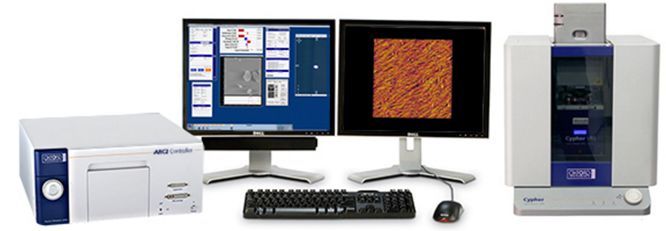

Discount Products: Look through products available for a 25% – 50% discount in 2020. The items provided on a first come, first serve basis. View Discounted Products


As we did during the month of April, we would like to share a virtual coffee with you again this coming June.
Join our Four4Free weekly webinars to hear best-in-class metrology tips from our most experienced experts. This month we are focusing on a more technical field to get the most out of optical profilers in different applications.
The live events will take place every Thursday in June, one full hour of exciting keynotes and will allow time for your questions too.
We want to bring our knowledge to meet your new ideas!
OUR FIRST APPOINTMENT
Learn more about the unlimited world of surface metrology
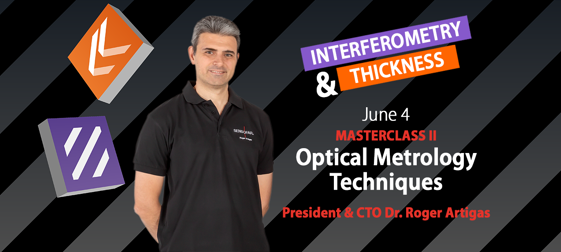
|
||||||||||
|

Topic |
SRC: Rokit Healthcare Dr. INVIVO 4D6 3D Printing system | |||
Description |
We will share the vision behind the Dr. INVIVO 4D6 development, from creating novel personalized medicines based on bioprinting to revolutionizing the healthcare supply chain through in-hospital manufacturing.
The seminar reinforces the significance of bioprinting advancements in the age of Industry 4.0 – as a movement aligned with global megatrends in healthcare toward personalized medicine, computer-aided production of biological processes and autologous regenerative therapy. ROKIT Healthcare believes bioprinting lends a promising, innovative solution from the convergence of biology, engineering, physics, artificial intelligence, tissue engineering, medicine and excellent management skills. |
|||
Time |
Please choose only one webinar to attend.
|
|||


| Topic | SRC – Apium 3D Printing | |||
| Description | High performance polymers additively manufactured – basics and successful applications.
Apium 3D printers will be described and a short explanation of thermoplastics and their properties will be presented. |
|||
| Time | Jun 17, 2020 12:00 PM in Eastern Time (US and Canada) | |||
Speakers |
|
|||
 |
Uwe POPP
Head of Sales & Research- Managing Dir. @Apium Additive Technologies GmbH
Uwe Popp is shareholder and Managing Director of Apium Additive Technologies GmbH . His previous experience includes Shareholder and head of research and development at Apium Additive Technologies GmbH, Head of research and development at Indmatec GmbH and Scientific assistant at KIT Institute of Applied Materials.
|
|||
 |
Marc-André Fortin, Ing., Ph.D. Marc-André Fortin has extensive experience in regenerative medicine and research.
|
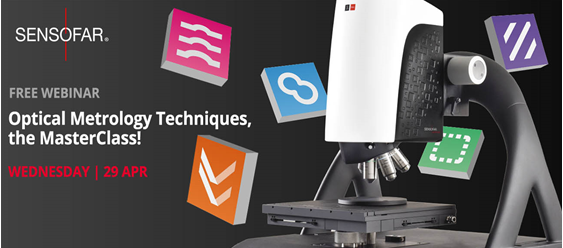
In the culmination of an incredible Month of Webinar Trainings, we invite you to join our Technologies Master Class next week!
During this final session, we will review and complement everything we have learned together these past few weeks and we will discuss the optical technologies developed and mastered by Sensofar with our most distinguished expert, our President & CTO Dr. Roger Artigas.
Dr. Artigas PhD in physics (optical engineering) is deeply involved in the research and dissemination of 3D surface metrology methods and holder of several patents in the field, he is even member of the technical committee of the working group drawing up of the ISO 25178 standard: Geometrical Product Specification (GPS) – surface texture: Areal.
All our expertise through a brief webinar training, specifically designed to help you learn more about the unlimited world of surface metrology.
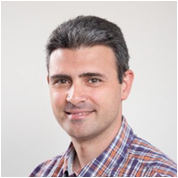 |
Guided by Dr. Roger Artigas
PhD in physics (optical engineering) Holder of several patents in the field of optical surface metrology Member of the technical committee of the ISO 25178 Founder of Sensofar Tech SL in 2001 |
|||
|
WEBINAR | 29 APR
|
We will simplify the complexity of the most used optical measurement technologies and provide you with a guide to know when and how to use them.
How much do you know about Confocal, Interferometry and Focus Variation? |
 |
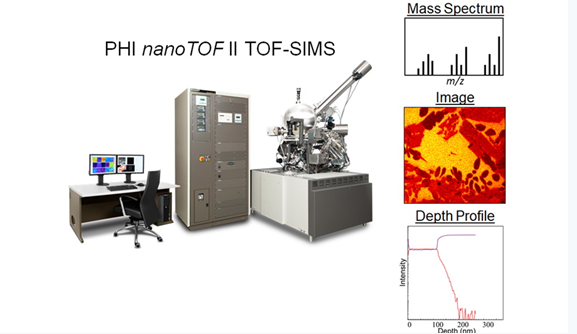 |
PHI WEBINAR SERIES:TOF-SIMS 101: Introduction, Ion Beams, MS/MS, and Materials Applications
FREE LIVE WEBINARThursday, May 14, 2020 – 10:00am (Chicago)
Time-of-Flight Secondary Ion Mass Spectrometry (TOF-SIMS) is a powerful analytical technique that can provide elemental and molecular information with high sensitivity from the sample surface to tens of microns into the sample. Additionally, TOF-SIMS can produce chemical images with high spatial resolution (<70 nm). This is achieved by utilizing a variety of ion beams to either analyze (Binq+, Au nq+, C60q+, Ga+), sputter (O2+, Cs+, Ar+, large gas cluster Ar), or mill (Ga+ FIB) the sample. The most recent advancement in TOF-SIMS is the capability of MS/MS (i.e. tandem MS) which enables confident molecular identification. The flexibility of TOF-SIMS makes it a valuable tool to investigate a wide range of materials. This webinar will introduce the fundamentals of TOF-SIMS, discuss ion beams and MS/MS, and show materials applications.
WHEN
WHAT
PRESENTER
PLEASE CLICK THE LINK BELOW TO REGISTER FOR THE EVENT! |

NANOFRAZOR INTRODUCTION |

RESOLUTION AND SPEEDSpeaker: Samuel Bisig, Heidelberg Instruments Nano This webinar will be repeated on May 14, 2020, at 08:45 CEST
|

CLOSED-LOOP 3D (GRAYSCALE) LITHOGRAPHY |

MARKERLESS OVERLAY & STITCHING |

INTEGRATED DIRECT LASER SUBLIMATION |

NANOSCALE HEATING AND NON-INVASIVE PATTERNING |

RESIST MATERIALS & TIP LIFETIME |

LIFT-OFF PROCESSES |

HIGH-RESOLUTION ETCHING PROCESSES |

3D PATTERN TRANSFER |
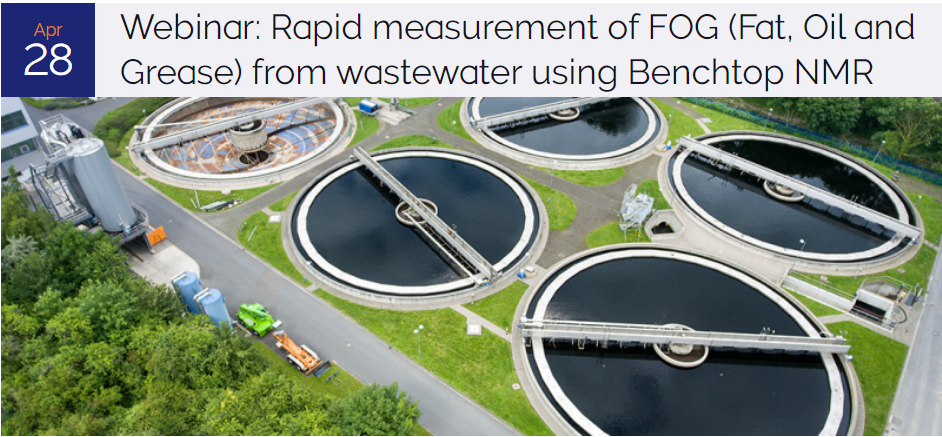
Measurement of FOG in wastewater is a crucial parameter in environmental monitoring performed by water suppliers’ laboratories and environmental authorities. One method involves passing a volume of water through a filter which collects both FOG and solid particulates; after drying the filter, the FOG is determined by Soxhlet analysis.*
However the Soxhlet method is a long and laborious process, requires skilled operators and the use of hazardous solvents which need to be disposed of. Furthermore, the method is not very accurate or sensitive, and the solvents that are used today are unlikely to extract all the FOG.
This webinar shows how the MQC+ Benchtop NMR analyser can replace Soxhlet analysis for measurement of FOG on a single filter sheet, thus enabling sample automation as well as higher throughput, accuracy and sensitivity.
*The Determination of Oil and Greases in Waste Water by Filtration, Solvent Extraction and Gravimetry, in Methods for the examination of waters and associated materials, 1987 (ISBN 011 752076 4)
Time: 10am
Date: Tuesday 28th April
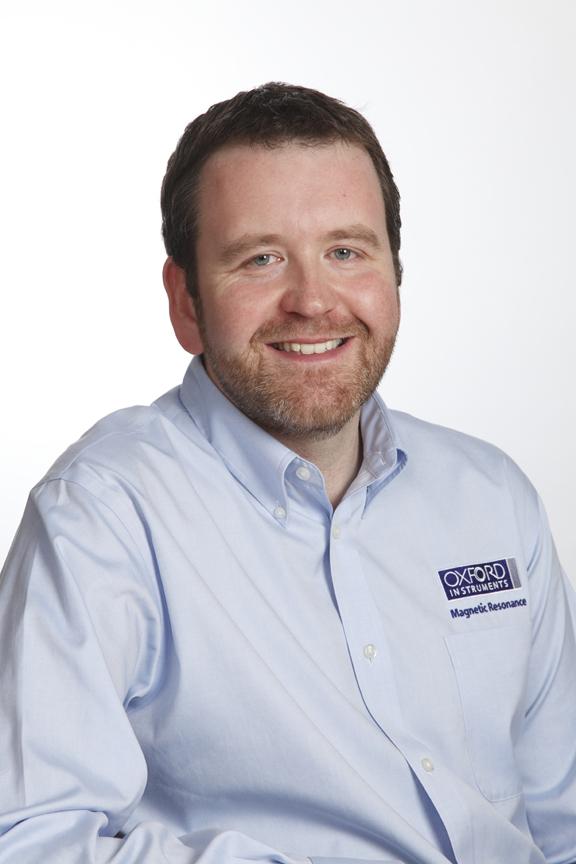
Dr Kevin Nott is the product manager and applications specialist for the MQC+ analyser. He completed his first and Master degrees in chemistry at the University of East Anglia (1991-1995) which included a research project at the Institute of Food Research. He then studied for his Doctorate at the University of Cambridge (1995-1999) for which he investigated NMR relaxometry and imaging (MRI) applications in the food industry. After working as a post-doctoral researcher, he joined Oxford Instruments in May 2005. Since then he has been primarily working on bench-top (also known as time domain) NMR applications for quality control and research in the food, agriculture, polymer, petrochemical, pharmaceutical, water and other industries.
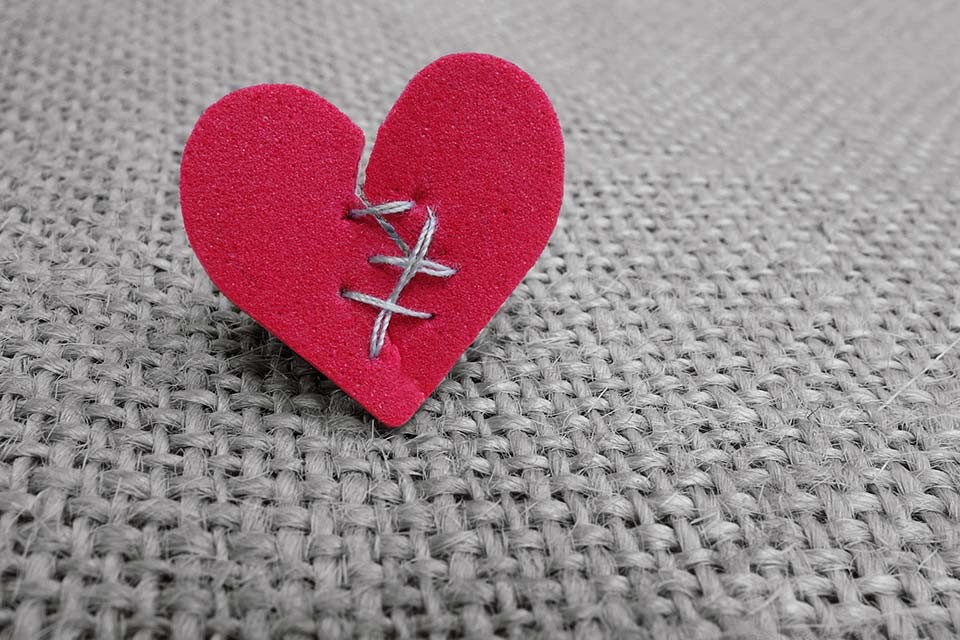 INSIGHT #1) Traumatic injuries, vascular abnormalities, cancer treatment and malfunctioning organs…traditionally, these involve loss of tissue or organ that could be restored only through surgical transfer from the patient and donor or through the use of synthetic materials. However, common challenges facing surgical care are that there is only so much tissue that can be removed from the same patient to reconstruct a damaged area. Also, the use of human or animal donor tissues have posed inherent risks of infection and graft failure.
INSIGHT #1) Traumatic injuries, vascular abnormalities, cancer treatment and malfunctioning organs…traditionally, these involve loss of tissue or organ that could be restored only through surgical transfer from the patient and donor or through the use of synthetic materials. However, common challenges facing surgical care are that there is only so much tissue that can be removed from the same patient to reconstruct a damaged area. Also, the use of human or animal donor tissues have posed inherent risks of infection and graft failure.
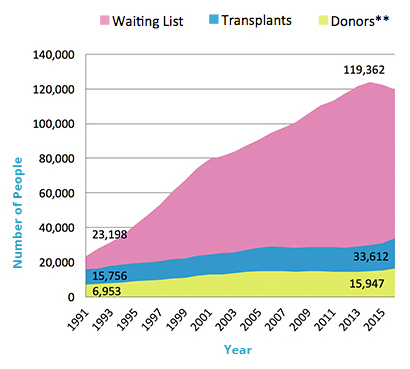
INSIGHT 2) But perhaps one of healthcare’s most profound problems, especially in the face of a globally aging population, is the sheer shortage of organ donors and rejection in existing transplantation methods. In 2016 in the U.S., around 116,000 were on the waitlist for an organ transplant while less than 10% of that number made up the donors list. Similar figures (respective to population size) are reported from other developed countries as in the EU; in less developed countries, the numbers on the waiting list are grossly masked by the numbers of people who pass away without even making it to the waitlist.
It is true that over the years post-transplantation 5-year survival rates have significantly improved (73% today versus 63% in 1980s for the heart) thanks to advances in immunosuppressive drug development. However, patients subjected to chronic regimens face new risks. From the risks of developing non-adherance to risks of developing antibodies to the biologics, post-allogeneic transplant management has its own concerns that can decrease quality of life and increase healthcare costs.
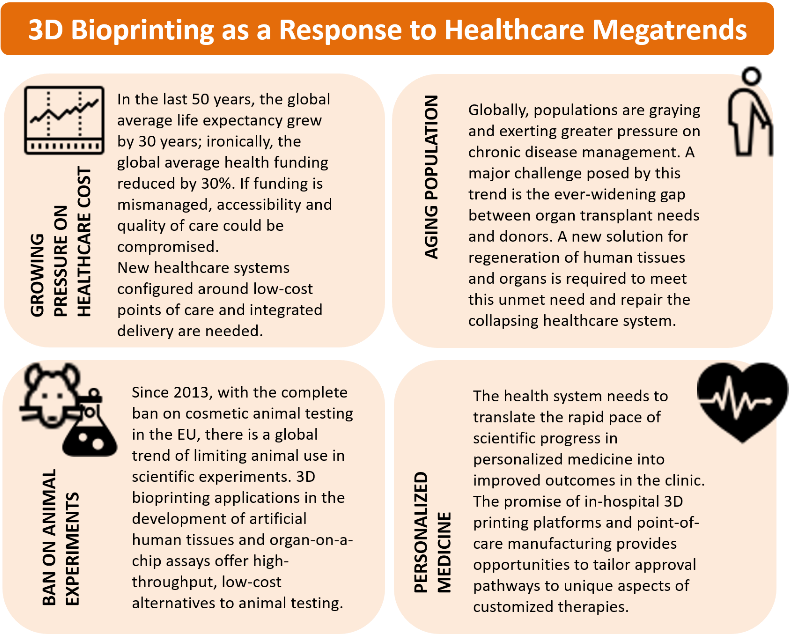
INSIGHT 3) There has been a rapidly growing attention to 3D printing in biomedicine in the past 5 years, both as a tool for tissue engineering research but also for clinical applications taking advantage of the unique benefits of personalized, automated printing of cells and biomaterials. The movement of the 3D bioprinting community is toward one vision – to generate organs and tissues on demand according to patients’ needs, using patients’ own cells.
In just a little over a decade since it was introduced to medical application, 3D printing has demonstrated its ability to revolutionize the delivery of health care across the world. Beyond the use in surgical prototyping and planning, 3D printing is being applied in fabricating constructs (medical devices or implants) with required structural, mechanical, and biological complexity that conventional methods lack in reproducing for patients. A 3D-printed bioresorbable airway splint saved a newborn’s life in the U.S.; a patient suffering with a degenerative cervical spine received a 3D-printed spinal implant recapitulating the complex internal architecture; a production of skin grafts clinically proven to treat burns was automatized with a 3D printer in Spain.
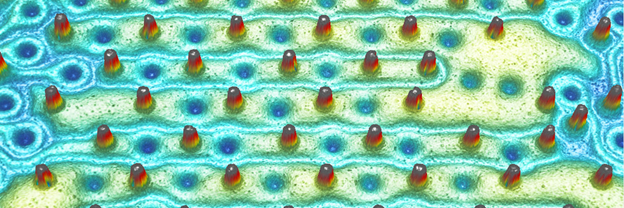
Sensofar Metrology is one of two divisions of the Sensofar group, based in Barcelona, Spain, an innovation and technology hub. Sensofar Metrology is renowned for its:
3D surface metrology is the measurement and characterization of micro- and nano-scale features on natural or manufactured surfaces. This is done efficiently by capturing the 3D spatial coordinates of points on a surface using a non-destructive optical technique.

Surface topography at the nanometer level
Optical surface profilers have crucial advantages over tactile approaches:
The most common optical techniques available are confocal, interferometry and focus variation, each of these has their own strengths and weaknesses.
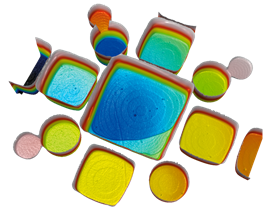
Superior vertical resolution with confocal
Confocal: Confocal profilers measure the surface height of smooth to very rough surfaces, with spatial sampling as low as 0.10 μm—ideal for critical dimension measurements. High NA (0.95) and high magnification (150X) objectives are available to measure steep local slopes >70° on smooth surfaces with and up to 86° on rough surfaces. Sensofar’s proprietary confocal algorithms provide vertical repeatability on the nm scale.
Interferometry: White-light vertical scanning interferometers (VSI) measure the surface height of smooth to moderately rough surfaces, providing nm vertical resolution regardless of the NA. Sensofar’s new S neox optical 3D profiling microscope can use all available magnifications to profile shape features with no compromise in height resolution.
Focus variation: Focus variation has been developed for measuring the shape of large rough surfaces. Sensofar’s implementation of this approach has been specifically designed to complement confocal measurements at low magnification. Highlights of the technology include high slope surfaces (up to 86°), highest measurement speeds (mm/s) and large vertical range. This combination of features is largely suited to tooling applications.
New S neox: The new S neox optical 3D profiling microscope outperforms all previous microscopes of its kind in terms of performance, functionality, efficiency and design. It combines all three of the above techniques: confocal (best for surfaces with high slopes), interferometry (highest vertical resolution) and focus variation (measures shape in seconds). The S neox does all this in the same sensor head without any moving parts. The S neox delivers three-in-one technologies for class-leading areal measurement.
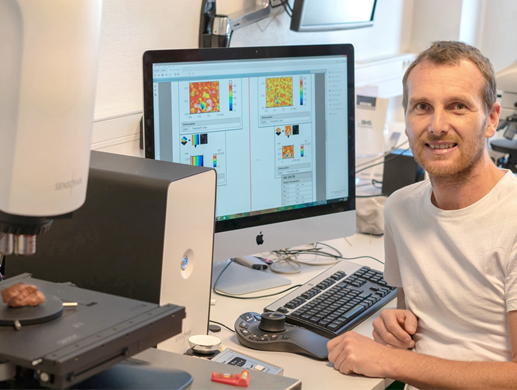
S neox helps in archaeological study of an ancient rock drawing
S neox Five Axis: The S neox Five Axis S measures samples at different positions of rotation and elevation,thereby generating a group of individual measurements. The SensoFIVE software merges all of the surfaces, providing a sample surface with high accuracy by using the stacked image information of each single surface measurement. Merging different elevations, the system can provide shape and form information on sharp edges and/or critical surfaces.
Request a quote
Click here to request a quote on any Sensofar product.
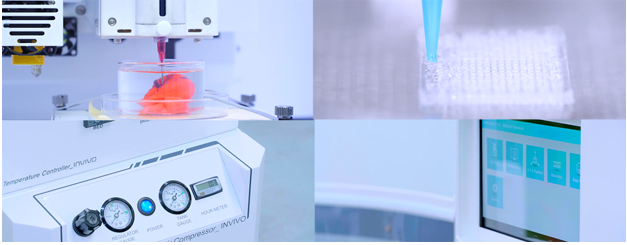
ROKIT Healthcare is a bioprinting and biotechnology company based in Seoul, South Korea, with research bases in Boston, U.S.A. and Saarland, Germany. Founded in 2012 Rokit was one of the first companies in the world to print PEEK (polyetheretherketone) and other high-performance materials.
In recent years Rokit Healthcare has gone from just selling 3D printers and materials to offering integrated solutions. With a renewed focus on regenerative healthcare, the company provides complete solutions for bioprinting. Rokit Healthcare now offers bioinks, has a tissue bank, a 3D printing service and provides training.
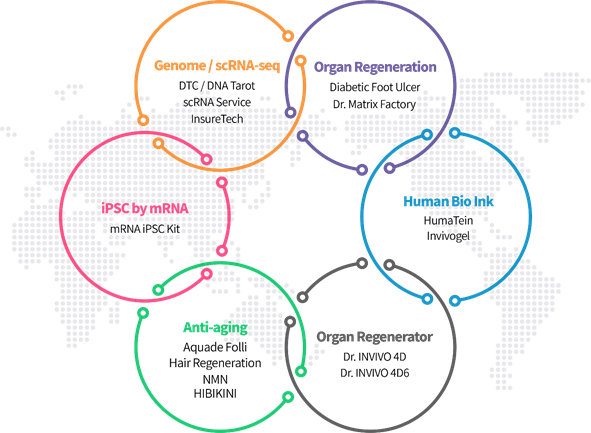
ROKIT Healthcare strives to improve the quality of life and health around the world by addressing the problem of aging and age-related diseases with total, healthcare solutions. 3D biofabrication and the development of patient-specific tissue and organ regeneration therapies are their core capabilities. This explains Rokit’s Healthcare’s bold slogan:
From Rokit Healthcare’s perspective, bioprinting sets the base for the personalized therapy solutions they are planning to introduce to global hospitals, from patient-specific skin, cartilage and bone regeneration to heart and retina patch biofabrication solutions. Rokit believes that bioprinting must come together with other preventive medicine and diagnostic technologies, digitalization and healthcare management strategies to be truly effective at the level of patient outcomes. Rokit Healthcare thus seeks to address regenerative medicine and healthcare from a much wider vantage point, with bioprinting as an important but not dominant theme.
ROKIT Healthcare understands that there is a paradigm shift underway in healthcare economics that will usher in new therapeutic methods. They see themselves as a pioneer in this new paradigm that will feature the use of autologous cells, cell sheet technology, and emerging 4D biofabrication technology.
Rokit Healthcare products
Invivo: The Invivo 3D bioprinter improves the efficiency of tissue engineering and regenerative medicine research by allowing the creation of 3D cellular structures by printing scaffolds for hard tissues, as well as using bio-inks for the creation of soft tissue.
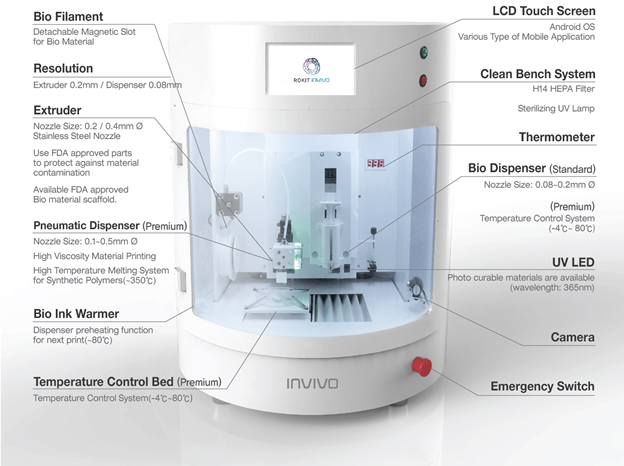
Dr. INVIVO 4D: The world’s first sterile, all-in-one organ regenerator, Dr. INVIVO 4D
was developed for biomedical researchers and material engineers to pattern cells, biomolecules, and polymers to explore multi-material 3D composite structures, from tissues to novel biocompatible materials. 4D biofabricating technology is the best way to recapitulate the complex and functional human body.
Bioinks: Rokit Healthcare bioinks are optimized for human tissue printing through innovation by the finest biomedical researchers and material engineers. Their ideal bioink formulations satisfy material and biological requirements that mimic cellular components found in tissue-specific microenvironments.
EpiTem: EpiTem is a human reconstructed skin model that has disruptive applications in the 4D bioprinting industry.
Request a quote
Click here to request a quote on any Rokit Healthcare products.